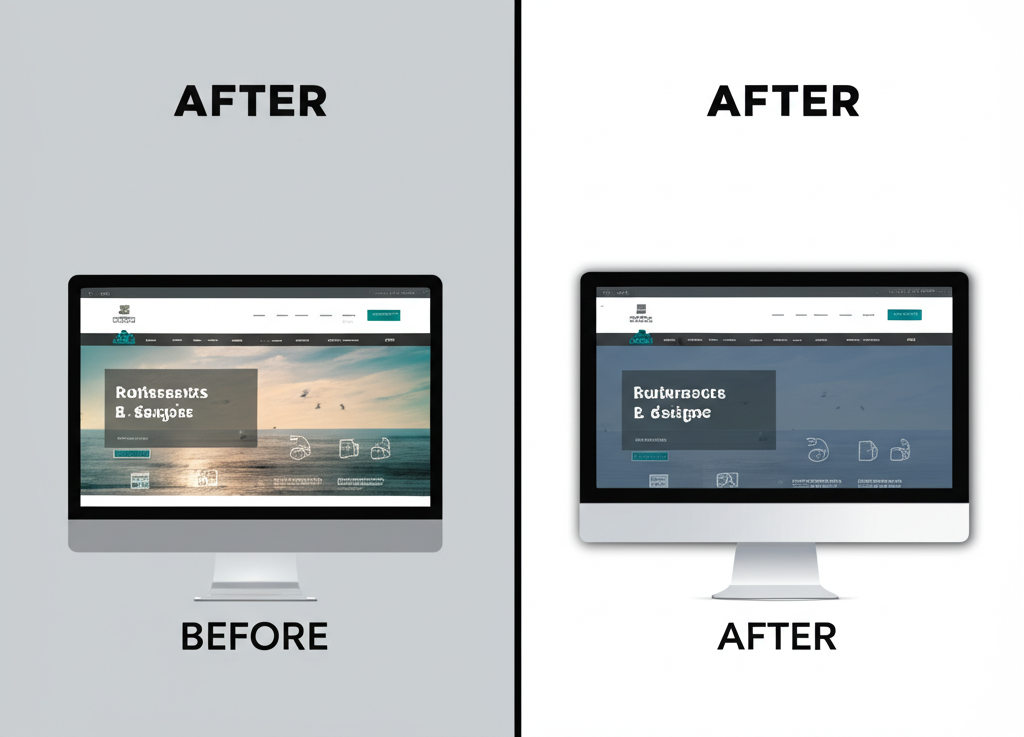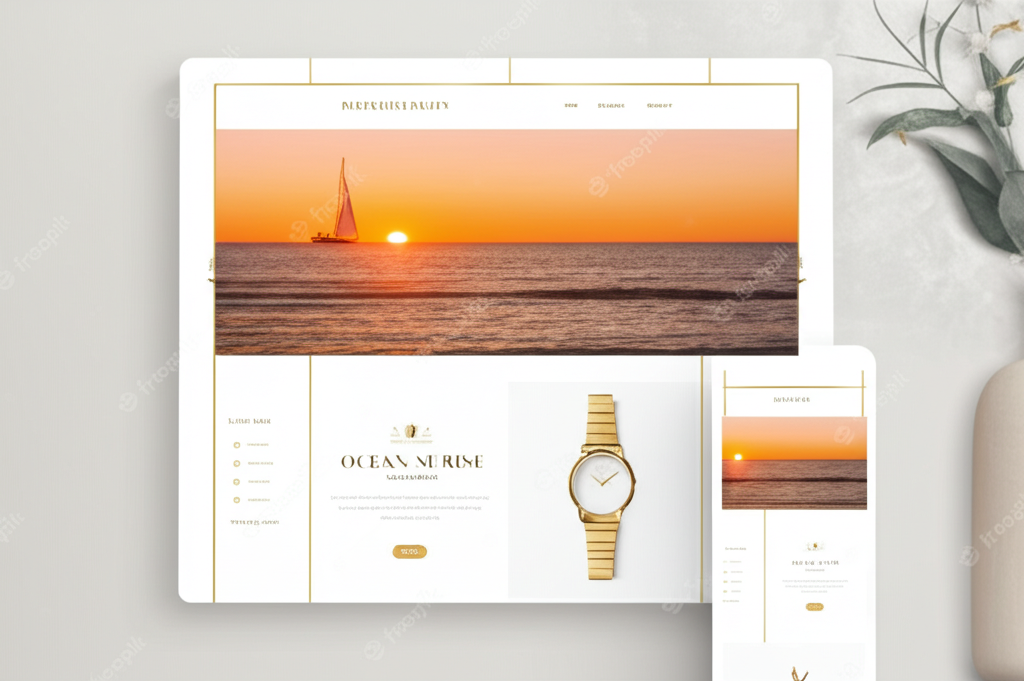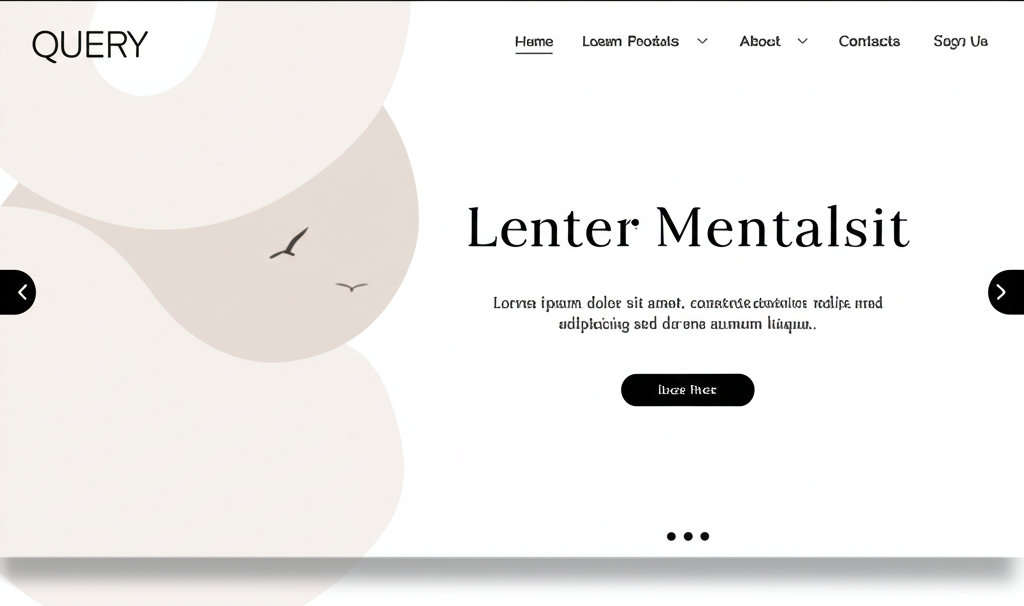
Before & After: The Power of a Strategic Website Redesign
A website redesign is more than just a visual refresh—it's an opportunity to solve business problems, improve user experience, and drive measurable results. In this case study, we'll explore how a strategic redesign transformed an underperforming website into a conversion powerhouse.
The Client: Mountain View Wellness
Mountain View Wellness is a holistic health center offering acupuncture, massage therapy, and nutritional counseling. Despite having excellent services and a loyal client base, their website was failing to attract new customers and convert visitors into appointments.
The Challenge
The original website suffered from several critical issues:
- Outdated design that didn't reflect the premium nature of their services
- Poor mobile experience (60% of their traffic came from mobile devices)
- Confusing navigation and information architecture
- Slow loading times (average of 6.2 seconds on mobile)
- No clear path to booking an appointment
- Generic stock photography that didn't showcase their unique space
The Strategy
After conducting user research and analyzing analytics data, we developed a comprehensive redesign strategy focused on:
- Clarifying the value proposition - Making it immediately clear what makes Mountain View Wellness different
- Streamlining the user journey - Creating a clear path from homepage to booking
- Enhancing mobile experience - Designing for mobile first, then scaling up to desktop
- Improving visual storytelling - Using authentic photography and testimonials to build trust
- Optimizing performance - Reducing load times to under 2 seconds
The Redesign: Key Elements
Homepage Transformation
The original homepage was cluttered with information and lacked a clear focus. The redesigned homepage features:
- A compelling hero section with a clear value proposition
- Social proof elements (reviews, credentials, years in business)
- A simplified service overview with clear CTAs
- Before/after testimonials with real client results
Booking Process Optimization
The original booking process required 6 clicks and form submissions across multiple pages. The new process:
- Reduced the booking flow to 3 steps
- Added a persistent "Book Now" button in the navigation
- Implemented smart form fields that adapt based on service selection
- Added calendar integration for real-time availability
Mobile Experience Enhancement
The mobile experience was completely reimagined with:
- Touch-friendly navigation and buttons
- Simplified content hierarchy for small screens
- Click-to-call functionality prominently displayed
- Location map with directions integration
The Results
Six months after launching the redesigned website:
- Conversion Rate: Increased by 87% (from 1.8% to 3.4%)
- Mobile Bookings: Increased by 112%
- Average Session Duration: Increased by 42%
- Page Load Time: Reduced by 68% (from 6.2s to 1.9s)
- Organic Traffic: Increased by 34% due to improved SEO
Key Takeaways
This case study demonstrates several important principles of effective website redesign:
- Start with data - Analytics and user research should drive design decisions
- Focus on user journeys - Design with specific user goals in mind
- Prioritize mobile - A great mobile experience is non-negotiable
- Measure results - Set clear KPIs and track performance before and after
- Authentic visuals matter - Real photography outperforms generic stock images
About the Author

Alexander Fountain
Founder & Lead Designer
Alexander has over a decade of experience in web design and conversion optimization, specializing in high-performance websites that balance beauty with cutting-edge technology.
Related Articles
Ready to improve your website?
Get a free website audit and discover how to turn your website into a sales-generating machine.
Get Your Free Site Audit

